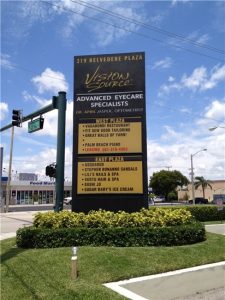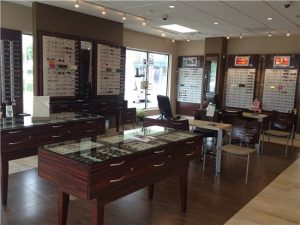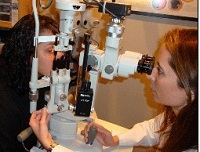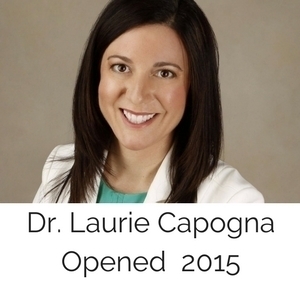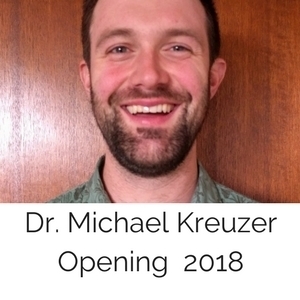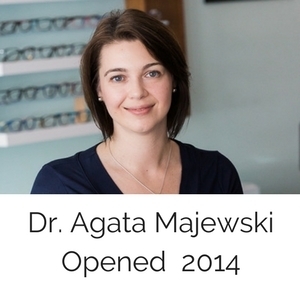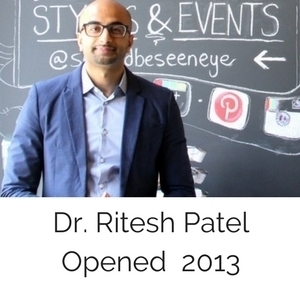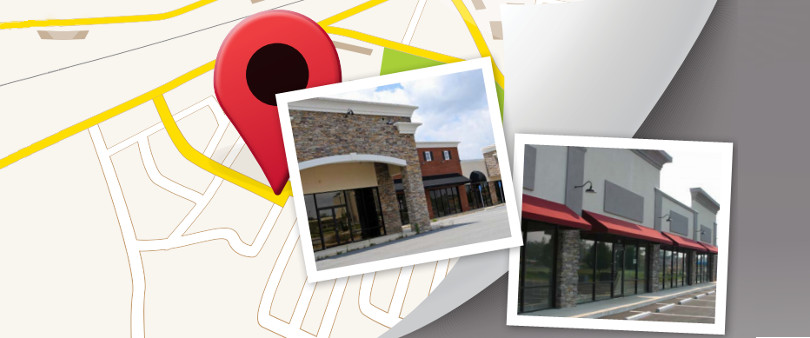
The location you pick for your practice is one the most critical business decisions you will make, and for new practices which rely on attracting new patients, will determine how quickly you reach profitability or even survive. Here is a list of things to consider.
- Awareness of your brand is critical to building the initial trial visit which ideally will lead to repeat visits throughout the years. Pick a location which is highly visible to thousands of consumers each week. Real estate with good traffic generators like grocery stores, liquor stores, drug stores, popular restaurants/pubs or big box retail like Wal-Mart, Canadian Tire, Winners, Marshalls, Home Depot etc. The highest volume optical stores in Canada are located in the large regional enclosed malls which provide huge flows of walk-by traffic. Occupancy costs are much higher so these practices must generate very high sales to survive.
- Ease of access is very important. Most people do not casually visit an optical practice and in fact regard it as an expensive chore, so you want your store on the path of their normal round of weekly or monthly shopping.
- Mature markets with established practices and loyal patients will be much tougher to penetrate than an area that is growing with new consumers looking for a new service provider.
- Another key market dynamic is the type of competition. Some markets may have a competitor selling designer frames at close to cost, a battle you will inevitably be drawn into if you locate there. Conversely your research may reveal that the established operators are out of touch with the market and or give poor service, which spells opportunity.
- Use an experienced retail agent if you can find one. Many real estate (residential) agents will take your business without being able to add any real value. Ask the prospective agent to list the specific retail deals they have done. A good agent will know listed and unlisted vacancies, and importantly what kind of deal is possible with a given landlord. The agent’s fees are generally paid by the landlord.
- Understand that Optometry/optical stores are one of the best tenants a shopping centre can have. It is a clean, unobtrusive, attractive use, does not use a lot of parking and is likely to generate a good revenue stream for years.
- Buying versus leasing. It’s great if your occupancy costs can go towards buying a location, but most of these are residential homes zoned for retail, condo ground floors, or commercial condos. These may work if you have a well-established practice, but unlikely to have the traffic necessary to build a business very quickly.
- Don’t get sucked into taking a space larger than you need, the smaller and more efficient a space the better. Occupancy costs are a fixed expense and can crater your income for the life of the lease if they are out of line.
Recognize that a well-established visible location in productive real estate is one of the biggest drivers of your practice’s value. Take your time planning for it, finding it and negotiating for it.

TOM BOLLUM
Tom Bollum was the founder and CEO of Eye Masters Canada (sold to Lenscrafters) and has held senior management positions in New Look Lunetterie and other optical companies before joining the Avison Young Commercial Real Estate Brokerage retail practice. He has sourced and negotiated locations for many optical stores across Canada.












